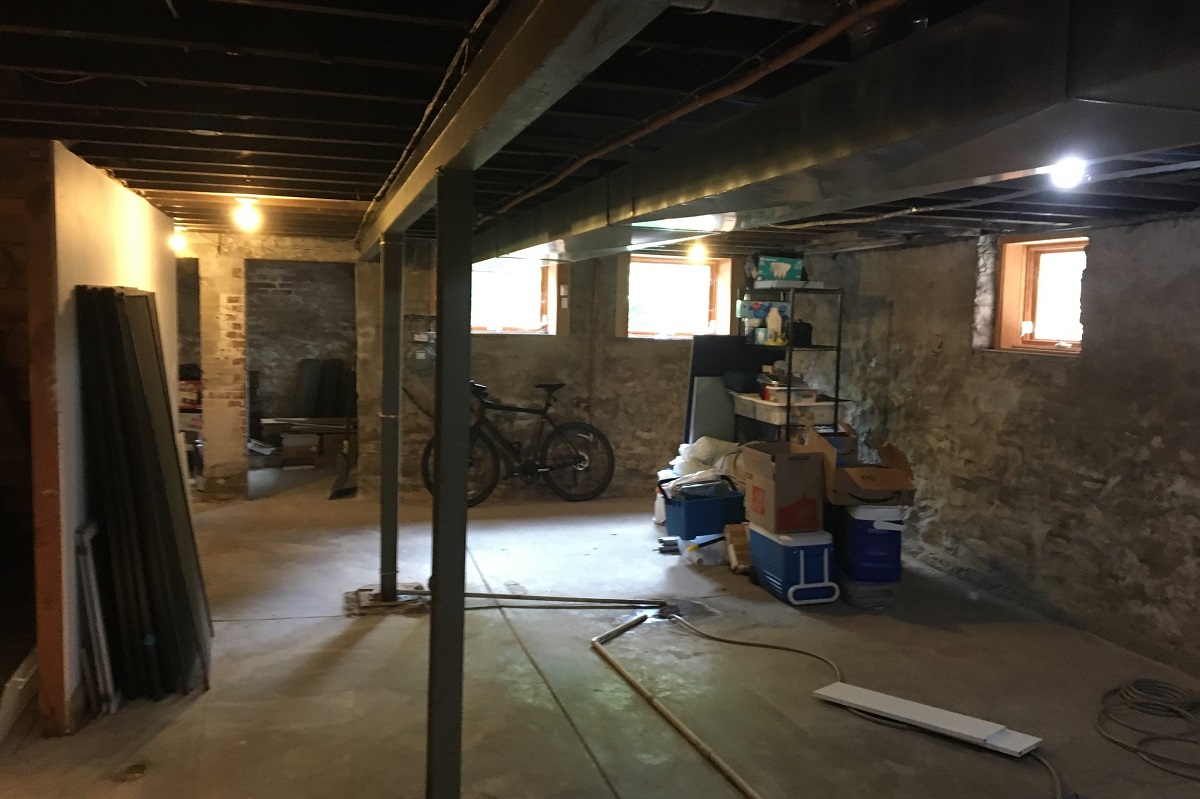

Articles
What To Do With A 100 Year Old Basement
Modified: December 7, 2023
Discover the best articles and tips on what to do with a 100-year-old basement. Renovate, restore, or repurpose your historic space for a modern and functional living area.
(Many of the links in this article redirect to a specific reviewed product. Your purchase of these products through affiliate links helps to generate commission for Storables.com, at no extra cost. Learn more)
Introduction
Having a 100-year-old basement can be both an exciting and daunting prospect. On one hand, it’s a testament to the rich history and craftsmanship of your home. On the other hand, it may come with a set of unique challenges that need to be addressed.
When dealing with a basement of this age, it’s important to evaluate its condition before determining the best course of action. Structural issues, moisture problems, and the presence of mold and mildew are common concerns that need to be addressed to ensure the integrity and safety of the space.
Additionally, the historical significance of a 100-year-old basement adds an extra layer of consideration. Understanding the architectural and cultural value of the space can inform your decision-making process when it comes to renovation or restoration.
In this article, we will explore various aspects of what to do with a 100-year-old basement, including assessing its condition, the historical significance, deciding between renovation or restoration, fixing structural issues, dealing with moisture problems, addressing mold and mildew, enhancing energy efficiency, and repurposing the space to better suit your needs.
So, whether you’re a homeowner looking to transform your basement into a functional living space or a history enthusiast eager to preserve the unique features of your century-old home, read on to find valuable insights and practical tips for tackling this exciting endeavor.
Key Takeaways:
- Embrace the historical significance of your 100-year-old basement and balance preservation with modern functionality to create a unique, functional, and enjoyable living space that seamlessly blends the past with the present.
- Prioritize thorough assessments, proactive maintenance, and careful renovations to ensure the stability, safety, and energy efficiency of your century-old basement, unlocking its full potential as a valuable part of your home.
Read more: What Kind Of Booster Seat For A 6-Year-Old
Assessing the Condition of the Basement
Before diving into any renovation or restoration project, it’s important to thoroughly assess the condition of your 100-year-old basement. This will help you identify any potential issues and determine the appropriate steps to take. Here are three key areas to focus on when assessing the condition:
Inspecting for Structural Damage
Start by closely examining the foundation, walls, and support beams to check for any signs of structural damage. Look for cracks, bulges, or shifting in the foundation, as these could indicate underlying issues. Inspect the walls for any signs of bowing or crumbling, which may suggest foundation settlement or moisture damage.
Also, pay attention to the support beams and columns in the basement. Look for any signs of sagging, rotting, or insect damage. Structural issues should not be taken lightly, as they can compromise the stability and safety of your home. If you notice any significant concerns, it’s advisable to consult a professional structural engineer or contractor for a thorough assessment.
Evaluating Moisture and Water Issues
Moisture and water problems are commonly found in older basements and can lead to a host of issues, including mold growth, rotting wood, and damage to belongings. Begin by inspecting the walls and flooring for signs of water stains, dampness, or musty odors. These could indicate water penetration from the outside or high humidity levels within the basement.
Additionally, check for signs of water seepage or pooling on the floor, particularly after heavy rainfalls. This could be a sign of inadequate drainage or a faulty foundation. Consider installing a sump pump and perimeter drainage system to prevent water from entering the basement.
Checking for Mold and Mildew Presence
Mold and mildew can have serious health implications and can also cause damage to the structural integrity of your basement. Look for visible signs of mold growth on walls, ceilings, and other surfaces. Pay attention to musty odors or an increase in allergies or respiratory issues experienced by you or your family members when spending time in the basement.
If you notice any signs of mold or mildew, it’s crucial to address this issue promptly. Consult with a professional mold remediation specialist who can properly assess and remove the mold, ensuring a safe and healthy environment in your basement.
By thoroughly assessing the condition of your 100-year-old basement and addressing any structural damage, moisture problems, and mold growth, you can lay the foundation for a successful renovation or restoration project. Taking the time to conduct these evaluations will help you make informed decisions and ensure the longevity and safety of your basement space.
Read more: What Booster Seat Is Best For 4-Year-Old
Historical Significance of a 100-Year-Old Basement
A 100-year-old basement often holds significant historical and cultural value, offering a glimpse into the past and the architectural heritage of the home. Understanding and appreciating this significance can guide your decision-making process when it comes to renovating or restoring the space. Here are two key aspects to consider:
Exploring the Architectural and Cultural Value
A century-old basement can exhibit unique architectural features and construction techniques that are not commonly seen in modern homes. It may have original stone or brick walls, handcrafted wooden beams, or intricate detailing that showcases the craftsmanship of a bygone era.
By exploring and understanding these architectural elements, you can gain a deeper appreciation for the history of your home and its connection to the local community. Taking the time to research the architectural style prevalent during the time your house was built can provide insights into the design decisions made for the basement and help guide your renovation or restoration plans.
Additionally, consider the cultural value of your century-old basement. It may have served various purposes throughout its existence, such as a storage area, a place for household chores, or even a shelter during times of conflict. Recognizing and preserving these historical uses can contribute to the overall narrative and character of your home.
Understanding Preservation and Restoration Considerations
When deciding whether to renovate or restore your 100-year-old basement, it’s essential to understand the principles of preservation and restoration. Preservation aims to retain the original historic fabric of the space, minimizing alterations and preserving its authenticity. On the other hand, restoration involves carefully repairing or replacing damaged or deteriorated elements to bring the space back to its original appearance.
Consider consulting with a preservation architect or specialist who can provide guidance on maintaining the historical integrity of your basement. They can help identify significant features to preserve, recommend appropriate materials and techniques for restoration, and ensure that any renovation work is carried out in a manner that respects the original design intent.
By recognizing the historical and cultural value of your 100-year-old basement and understanding the principles of preservation and restoration, you can make informed decisions that honor the heritage of your home. Balancing the preservation of historic elements with the practicality of modern living can result in a beautifully restored space that seamlessly blends the past with the present.
Renovation vs. Restoration: Choosing the Right Approach
When it comes to dealing with a 100-year-old basement, you have two main options: renovation or restoration. Understanding the difference between these approaches and weighing the pros and cons of each can help you make an informed decision that best suits your goals and the condition of your basement. Let’s explore these options:
Read more: What Kind Of Booster Seat For A 5-Year-Old
Differentiating between Renovation and Restoration
Renovation involves making significant changes and updates to the basement space, often to accommodate modern needs and preferences. It may include adding new walls, flooring, electrical and plumbing systems, and incorporating modern amenities such as a home theater or a gym.
Restoration, on the other hand, focuses on preserving and restoring the original historic features and structural elements of the basement. It involves repairing and refurbishing the existing materials to bring them back to their original condition, retaining the historic character and charm of the space.
It’s important to consider the goals you have for your basement as well as the historical significance and condition of the space when deciding between renovation and restoration.
Weighing the Pros and Cons of Each Option
Renovation offers several advantages, including the ability to customize the space to suit your specific needs and preferences. It allows for modern conveniences and technologies to be incorporated into the basement, making it functional and practical for contemporary living. Renovating the space also provides an opportunity to address any structural or moisture-related issues and improve energy efficiency.
However, renovation may come with some downsides. It can be more costly, time-consuming, and disruptive compared to restoration. It may also involve the removal or alteration of historic features, which can diminish the historical integrity and character of the basement.
Restoration, on the other hand, focuses on preserving the unique historical elements of the basement. It allows you to honor and showcase the craftsmanship and architectural details of the past. The restored space can serve as a visual reminder of the history and heritage of your home while adding a distinctive charm to your living environment.
Keep in mind that restoration can be a labor-intensive and meticulous process. It requires thorough research, specialized knowledge, and finding appropriate materials and craftsmen to match the original construction techniques. It may also limit the flexibility to incorporate modern amenities or alterations to the space.
Ultimately, the choice between renovation and restoration depends on your personal preferences, the condition and historical significance of your basement, and your budget. Consider consulting with professionals experienced in historic preservation and restoration to help you make an informed decision that balances your goals with the preservation of the unique character of your 100-year-old basement.
Fixing Structural Issues in a Century-Old Basement
Dealing with structural issues is a crucial step when renovating or restoring a century-old basement. Over time, the foundation and structural components of the space may have experienced wear and tear, requiring repairs or reinforcement. Here are two common structural issues and how to address them:
Reinforcing the Foundation and Repairing Cracks
One of the primary concerns in an older basement is the foundation. Cracks in the foundation can compromise its stability and lead to further structural damage. It’s essential to address these issues to ensure the integrity of the entire structure.
Start by inspecting the foundation for any visible cracks or signs of movement. Small cracks can often be repaired with epoxy injections or specialized sealants, effectively preventing further expansion. However, larger or more severe cracks may require more extensive repairs, such as carbon fiber reinforcement or steel piers to stabilize the foundation.
Consulting with a foundation specialist or structural engineer can provide valuable insights into the best course of action for your specific situation. They can assess the severity of the cracks and recommend appropriate repair methods to restore the foundation’s strength and stability.
Addressing Sagging Floors and Supporting Beams
Sagging floors can indicate underlying issues with the supporting beams or joists in your century-old basement. Over time, these structural elements may experience deterioration or become weak, leading to uneven and unstable flooring.
To address sagging floors, the first step is to identify the cause of the problem. It could be due to rotting or damaged wood, inadequate spacing of joists, or shifting of the foundation. Once the cause is determined, appropriate measures can be taken to rectify the issue.
If the supporting beams or joists are severely compromised, reinforcing or replacing them may be necessary. This can involve the addition of new support beams or the installation of steel braces or sistering new joists alongside the existing ones to provide additional strength and stability.
It’s important to consult with a qualified contractor or structural engineer experienced in working with historic structures. They can assess the condition of your basement’s supporting beams and flooring system and provide recommendations for the most effective repairs or reinforcements.
By addressing structural issues such as foundation cracks and sagging floors in your century-old basement, you can ensure the stability and safety of the space. Taking the necessary steps to reinforce the foundation, repair cracks, and strengthen supporting beams will provide a solid foundation for the rest of your renovation or restoration project.
Dealing with Moisture Problems
Moisture problems are a common issue in older basements and need to be addressed to create a dry and healthy living space. Excess moisture can lead to mold growth, deterioration of materials, and an uncomfortable environment. Here are two effective methods for dealing with moisture problems:
Installing a Sump Pump and Perimeter Drainage
A sump pump is a device that helps remove excess water from your basement, preventing flooding and water damage. It works by collecting water in a sump pit and then pumping it out and away from your home. Installing a sump pump can be an effective solution for managing groundwater seepage into your basement.
In addition to a sump pump, consider installing a perimeter drainage system. This involves excavating around the exterior foundation of your basement and installing perforated pipes that will collect and redirect water away from your home. A properly installed perimeter drainage system can significantly reduce the amount of water that enters your basement, effectively preventing moisture-related issues.
Consult with a professional waterproofing contractor to assess the best solution for your specific basement and groundwater conditions. They can determine the appropriate sump pump capacity, locate the optimal placement for the sump pit, and design an effective perimeter drainage system that will keep your basement dry.
Applying Waterproof Coatings and Sealants
To further protect your basement from moisture intrusion, consider applying waterproof coatings and sealants to the walls and floors. These coatings create a barrier that prevents water from seeping into the basement, effectively keeping it dry.
Start by cleaning the surfaces to ensure proper adhesion of the coatings or sealants. Then, apply a waterproofing agent, such as a masonry waterproofing paint or a liquid waterproof membrane, using a brush or a roller. Make sure to follow the manufacturer’s instructions for application and drying times.
In addition to coating the walls and floors, pay attention to potential entry points for water, such as cracks or gaps in the foundation. These should be sealed with an appropriate waterproof sealant or filler to prevent water from seeping through.
It’s worth noting that applying waterproof coatings and sealants can be a temporary solution, especially if there are underlying structural issues or high levels of groundwater. In some cases, a combination of waterproofing methods, such as a sump pump, perimeter drainage, and coatings, may be necessary for effective moisture control.
By installing a sump pump and perimeter drainage system and applying waterproof coatings and sealants, you can significantly reduce the risk of moisture-related problems in your century-old basement. Ensuring proper drainage and creating a moisture-resistant barrier will contribute to a dry and comfortable living space for years to come.
Read more: What Booster Seat Is Best For 7-Year-Old
Remediation and Prevention of Mold and Mildew
Mold and mildew can be a common issue in century-old basements, and it’s important to address them promptly to maintain a healthy living environment. Here are two key steps for remediation and prevention:
Identifying the Source of Mold Growth
The first step in dealing with mold and mildew is identifying the source of their growth. Mold requires moisture and organic materials to thrive, so it’s crucial to investigate any potential water leaks, dampness, or high humidity levels in your basement.
Inspect your basement for any signs of water intrusion, such as leaks from pipes or cracks in the foundation. Check for condensation on windows or walls, as well as areas with poor ventilation. Addressing these moisture sources will help eliminate the conditions conducive to mold growth.
It’s also important to assess any potential hidden sources of moisture, such as leaking pipes behind walls or hidden moisture retention in insulation or carpeting. Consult with a professional mold remediation specialist who can conduct a thorough inspection and use specialized equipment to detect hidden sources of moisture.
Properly Removing and Remedying Affected Areas
If you discover mold growth in your century-old basement, it’s essential to handle the remediation process carefully to prevent the spread of spores and ensure the complete removal of mold and mildew. Here are some steps to follow:
- Isolate and contain the affected area: Use plastic sheeting and tape to seal off the mold-contaminated area from the rest of the basement. This will prevent the mold spores from spreading to unaffected areas.
- Wear appropriate protective gear: When dealing with mold, it’s crucial to protect yourself. Wear gloves, goggles, and a respirator mask to avoid inhalation of mold spores and minimize skin contact.
- Remove mold-infested materials: Porous materials that are heavily affected by mold, such as drywall or carpeting, may need to be removed and discarded. Non-porous surfaces can usually be cleaned with a mixture of water and detergent or a mold-specific cleaner.
- Thoroughly dry the area: After removing mold-infested materials, ensure that the area is completely dried and any remaining moisture is eliminated. Use dehumidifiers and fans to facilitate the drying process and improve ventilation.
- Prevent future mold growth: To prevent mold from returning, address any underlying moisture issues in your basement. Fix leaks, improve ventilation, and reduce humidity levels. Consider using mold-resistant paint or applying a mold inhibitor to surfaces.
It’s important to note that if the mold infestation is extensive or if you have health concerns, it is advisable to seek professional assistance from a mold remediation specialist. They have the expertise and equipment to safely handle and remediate mold situations in your century-old basement.
By proactively identifying and addressing the sources of mold growth and properly removing and remedying affected areas, you can create a mold-free environment in your basement. Regular maintenance and ongoing moisture prevention measures will help keep your century-old basement mold-free for years to come.
Enhancing Energy Efficiency in an Older Basement
Improving the energy efficiency of your older basement can not only help you save on heating and cooling costs but also create a more comfortable living space. Here are two key ways to enhance energy efficiency:
Read more: What Tog Duvet Is Suitable For A 3-Year-Old
Insulating Walls and Floors for Better Insulation
Insulating the walls and floors of your century-old basement is an effective way to reduce heat loss or gain and improve overall energy efficiency. Proper insulation can help regulate the temperature in the basement and prevent drafts, making the space more comfortable and reducing the workload on your HVAC system.
Start by assessing the existing insulation in your basement. Older homes may have minimal or no insulation, so adding insulation becomes essential. The choice of insulation material will depend on the construction of your basement walls and floors.
For basement walls, consider using rigid foam insulation boards or spray foam insulation, which provide excellent thermal resistance. Insulating the rim joists in your basement can also help prevent air leaks and eliminate cold spots.
When insulating the basement floor, options such as fiberglass batts or rigid foam boards can be used. Adding a layer of insulation beneath the basement floor can help reduce heat transfer between the basement and the ground, as well as control moisture infiltration.
Consult with a professional contractor who specializes in insulation to determine the best insulation options for your specific basement construction and budgetary considerations.
Upgrading Windows and Improving Ventilation
Windows and ventilation play a significant role in the overall energy efficiency of your basement. Old, drafty windows can be a major source of heat loss in the winter and heat gain in the summer. Upgrading to energy-efficient windows can help improve insulation, reduce drafts, and enhance the overall energy efficiency of the basement.
Choose windows with low-emissivity (Low-E) coatings, multi-pane glass, and insulated frames to minimize heat transfer and improve thermal performance. Additionally, consider weatherstripping and caulking around windows to eliminate air leaks and further enhance energy efficiency.
Proper ventilation is also crucial in maintaining a healthy and energy-efficient basement. Ensure that your basement has adequate ventilation to prevent moisture buildup and improve air circulation. Consider installing exhaust fans or a dehumidifier to control humidity levels and minimize the risk of mold and mildew growth.
Furthermore, utilizing natural ventilation by opening windows when weather permits can help freshen the air and reduce the reliance on mechanical ventilation systems.
By insulating the walls and floors of your older basement and upgrading windows while improving ventilation, you can significantly enhance the energy efficiency of the space. These improvements will not only provide cost savings but also create a more comfortable and sustainable living environment in your century-old basement.
Repurposing a Century-Old Basement
A century-old basement holds great potential for repurposing into a functional and enjoyable space. With careful planning and consideration, you can transform your basement into an area that suits your specific needs and enhances your lifestyle. Here are two popular repurposing ideas:
Converting the Basement into a Living Space or Home Theater
One of the most common and practical ways to repurpose a century-old basement is by converting it into a living space. This can serve as an extension of your home, providing extra living areas for various uses.
Consider turning the basement into a family room, where you can relax and entertain guests. Install comfortable seating, a media center, and add storage options to keep the space organized and clutter-free.
If you’re a movie enthusiast, transforming the basement into a home theater can provide a truly immersive cinematic experience. Install a projector or large-screen television, surround sound speakers, and comfortable seating to create a cozy and inviting space for movie nights and entertaining guests.
Adding a wet bar or kitchenette can further enhance the basement’s functionality and make it a convenient gathering space for socializing and enjoying snacks or beverages. Incorporating appropriate lighting and décor can help create the desired ambiance for your preferred living space or home theater.
Read more: What To Do With An Old Shed
Transforming it into a Workshop or Hobby Area
If you have a passion for crafts, woodworking, or other hobbies, repurposing your century-old basement into a workshop or hobby area can provide the dedicated space you need to pursue your interests.
Set up workbenches, storage shelves, and equipment tailored to your specific hobbies. Consider installing proper lighting and ventilation to ensure a comfortable and safe workspace. Add wall organizers and storage solutions to keep tools and materials easily accessible and organized.
Create a comfortable and inspiring environment by incorporating a seating area or a reading nook where you can relax and unwind. Personalize the space with your favorite artwork or decorations that reflect your unique interests and style.
If the basement has plumbing connections, you may even be able to add a sink or small bathroom to your workshop or hobby area, providing convenience and functionality.
Repurposing a century-old basement into a living space or hobby area offers endless possibilities. Consider your needs, interests, and budget as you plan the transformation. Take advantage of the existing structure and architectural features to enhance the charm and character of the space, making it a truly unique part of your home.
Seek the assistance of qualified professionals, such as contractors, architects, or interior designers, to ensure the successful execution of your repurposing ideas. With careful consideration and thoughtful design, your century-old basement can become a functional and inviting space that adds value and enjoyment to your home.
Conclusion
When it comes to a century-old basement, there are unique opportunities and challenges that arise. By assessing its condition, understanding its historical significance, and choosing the right approach for renovation or restoration, you can unlock the full potential of this remarkable space.
Fixing structural issues, such as reinforcing the foundation and addressing sagging floors, ensures the stability and safety of your basement. Dealing with moisture problems through the installation of a sump pump, perimeter drainage, and the application of waterproof coatings and sealants will create a dry and healthy environment.
Remediating and preventing mold and mildew by identifying the source of growth and properly removing and remedying affected areas is crucial. Enhancing energy efficiency through insulation, upgrading windows, and improving ventilation will improve comfort and reduce energy costs.
Lastly, repurposing your century-old basement offers endless possibilities. Whether you choose to convert it into a living space or home theater, or transform it into a workshop or hobby area, the possibilities for customization are vast.
Throughout the entire process of dealing with your century-old basement, it’s essential to strike a balance between preserving its historical significance and incorporating modern functionality. By honoring its architectural heritage, you can create a space that seamlessly blends the past with the present.
Consulting with professionals who specialize in historic preservation, restoration, and renovation can provide invaluable guidance and expertise. They can help ensure that your renovations or restorations are done correctly, preserving the unique features and character of your century-old basement.
In conclusion, a century-old basement holds great potential for creating a functional, comfortable, and unique space that adds value to your home. With careful planning, proper assessment, and a balance between preserving historical significance and incorporating modern touches, you can transform your century-old basement into a delightful and enjoyable part of your living environment.
Frequently Asked Questions about What To Do With A 100 Year Old Basement
Was this page helpful?
At Storables.com, we guarantee accurate and reliable information. Our content, validated by Expert Board Contributors, is crafted following stringent Editorial Policies. We're committed to providing you with well-researched, expert-backed insights for all your informational needs.
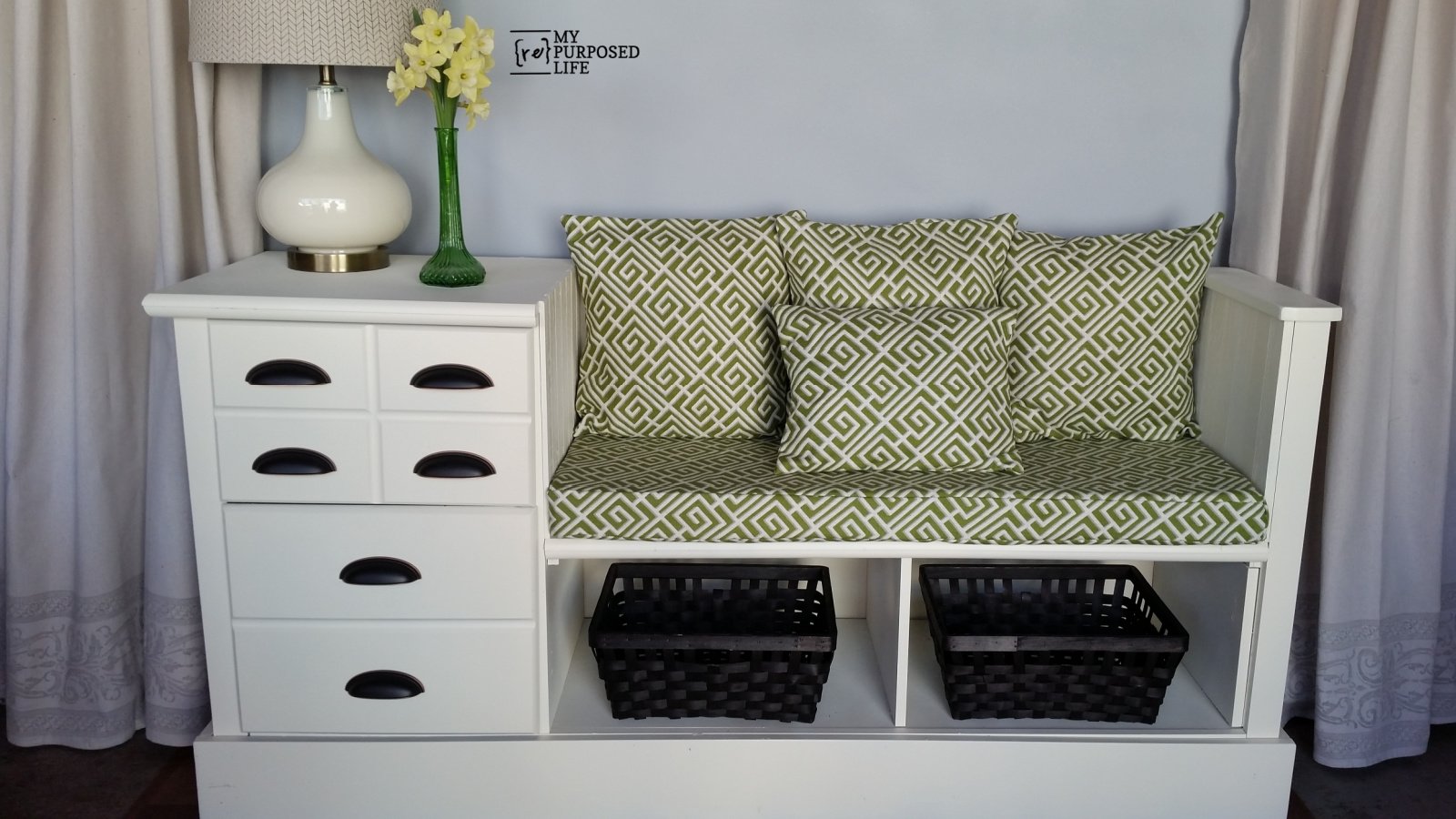

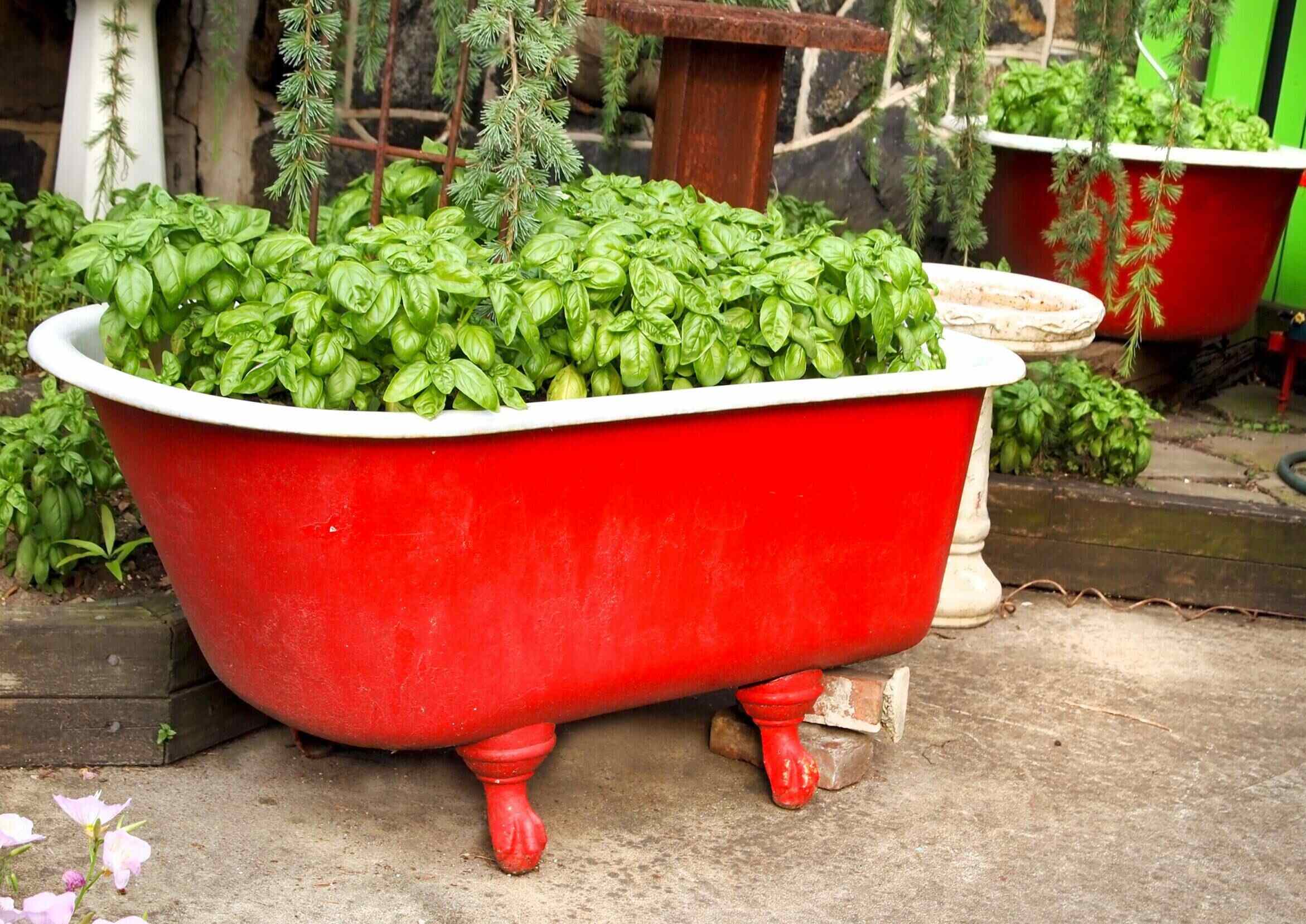
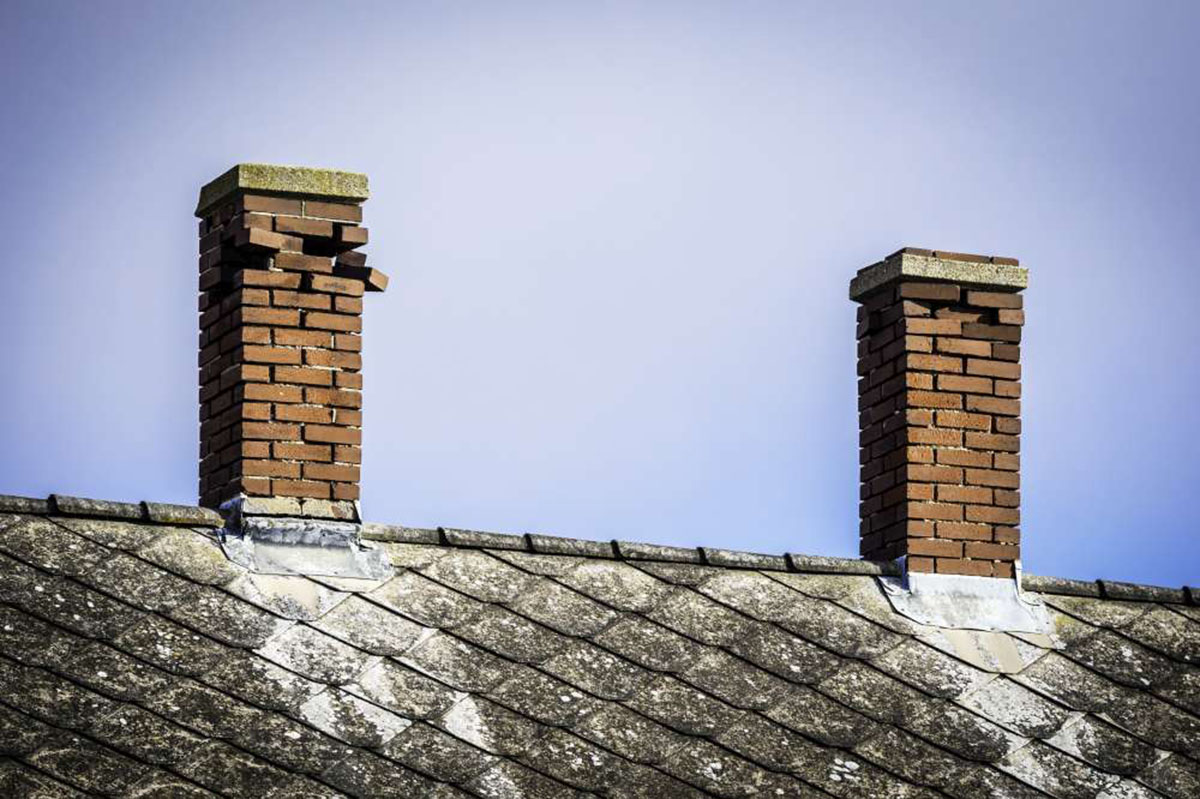

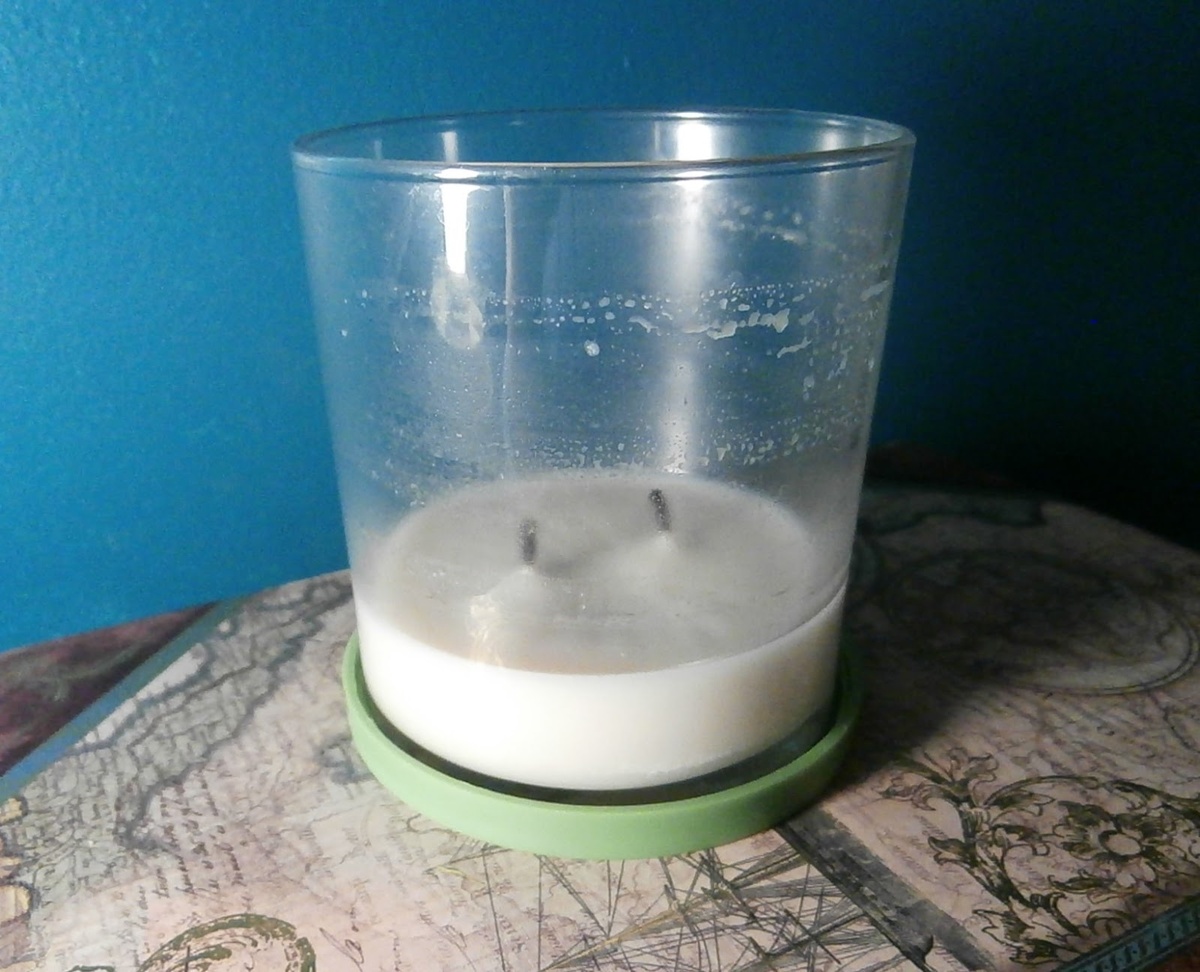
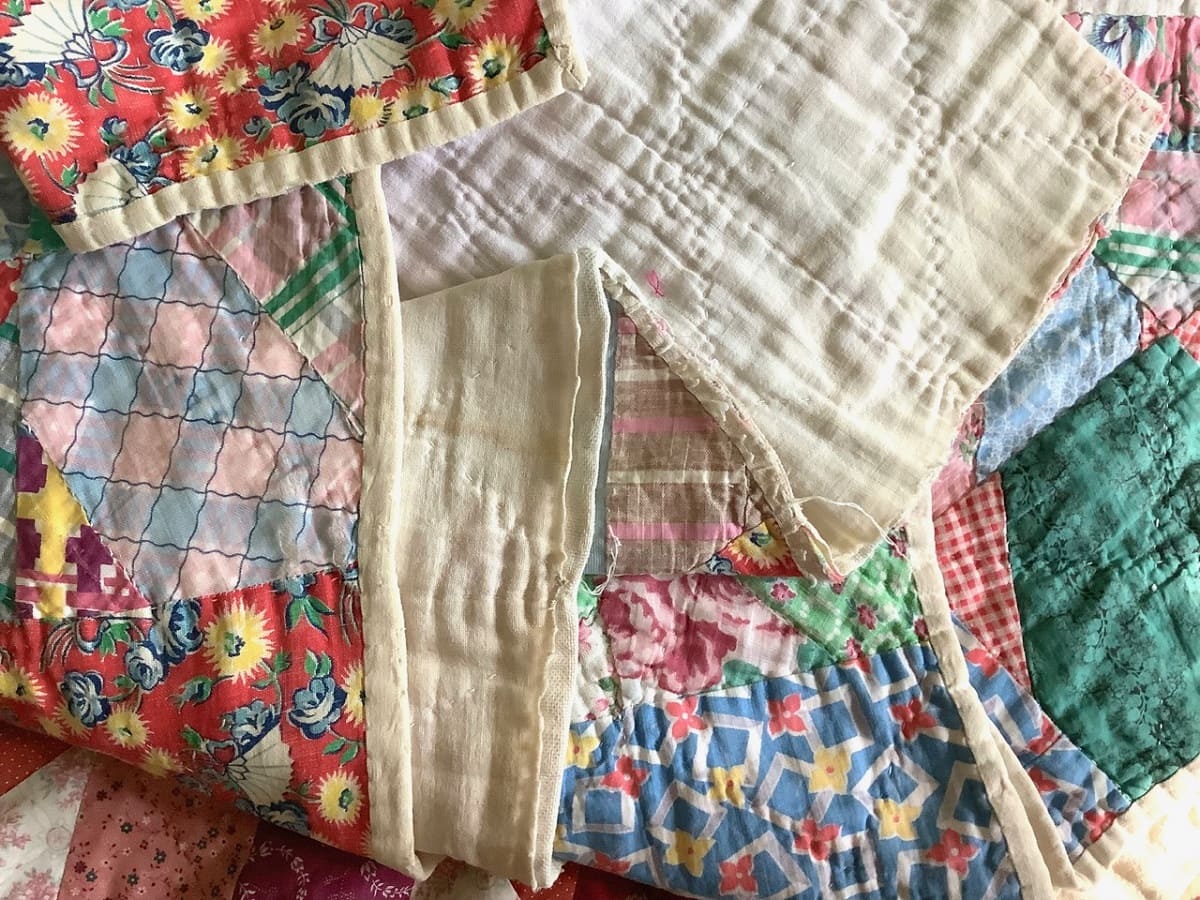



0 thoughts on “What To Do With A 100 Year Old Basement”